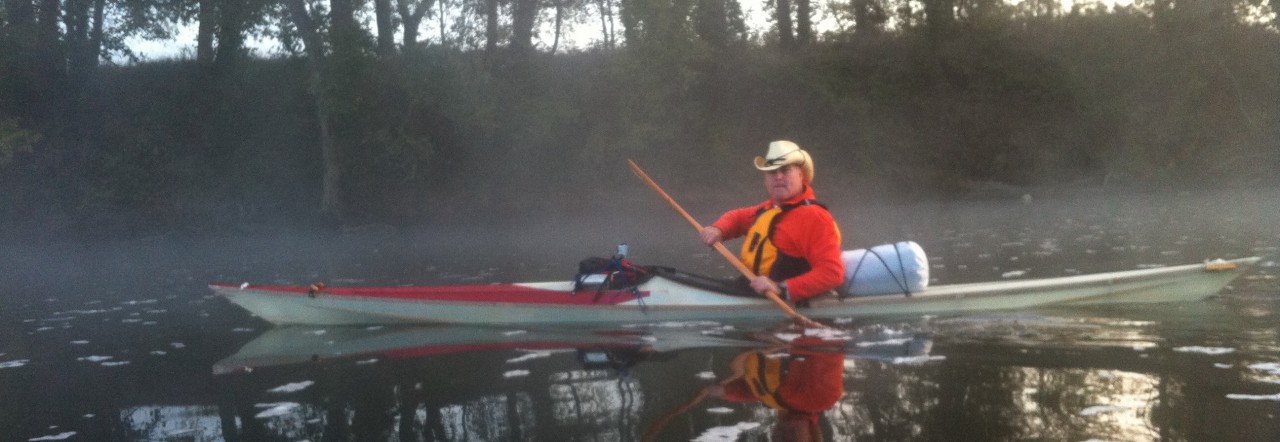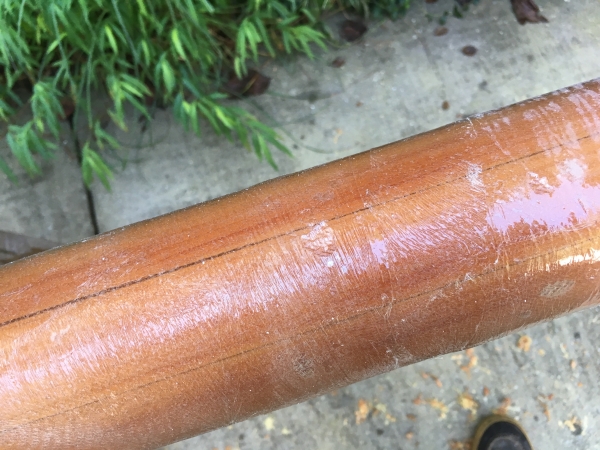
At our last OBC gathering, one of the fellows, let’s call him “Rob”, showed up with a 100 Ah LiFePo battery in a fabricated plywood box with USB and 12v outlets. Yes, 100 amp hours! That’s enough to charge your mobile phone and cameras for life. Not satisfied there, he is now considering adding a solar panel to keep his new found electrical wealth (and ballast) topped off. I must confess, I was envious. None of the small LiPo charge banks I’ve purchased have lasted nor delivered enough juice over a week’s cruise. I’ve a small foldable small solar panel too, but it has always been lacking. After years of bumming additional charges and cords, I got tired of being electron poor. Now I have my own bank using an old ammo box, a 50Ah batt, a couple outlets and wood scraps. The battery is centered in the box for ease of lifting and carrying. A remainder space offers storage for extra cords, phone, iPod, etc. AUW is 15 pounds. Light enough. Though not waterproof, the setup is quite water resistant, portable and can be readily positioned about the boat, or, used elsewhere. A printed chart equates battery capacity to voltage which is read off the USB outlet. We’re set now. Onwards and upwards!
I hear some of you, “What’s next? Widescreen TV?! Inverter? Blender?” Hmm, now you have me thinking. Margaritas anyone?




















































